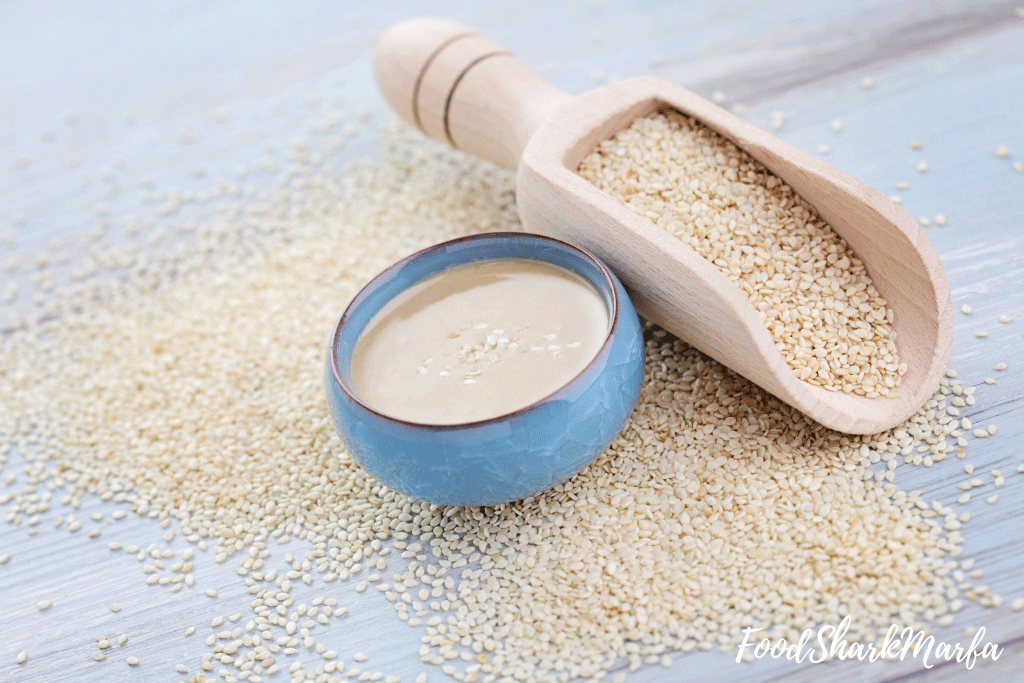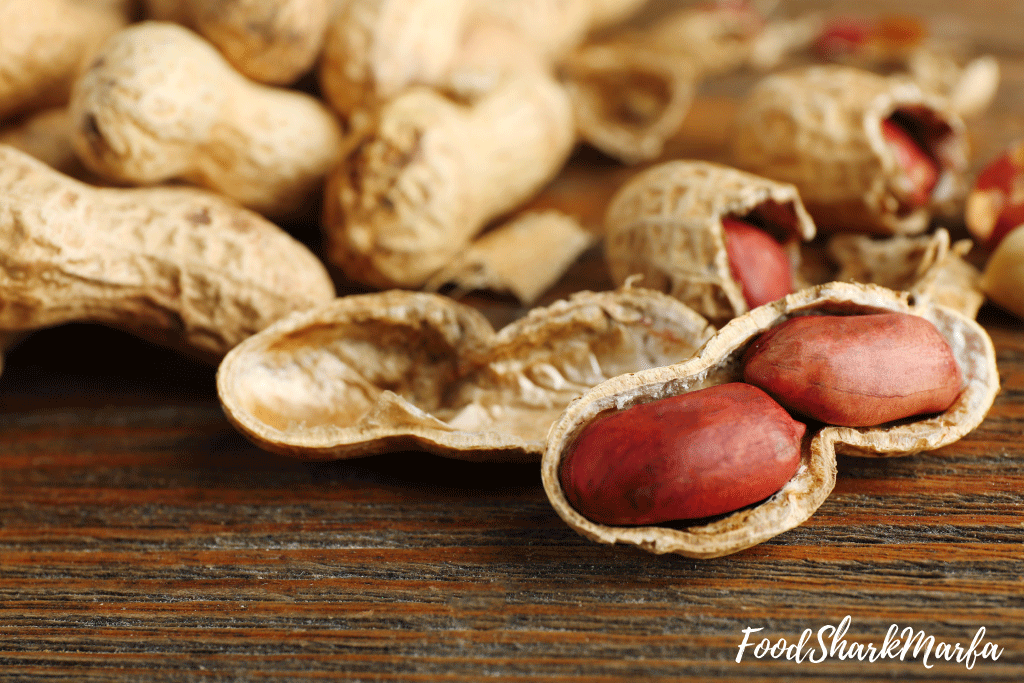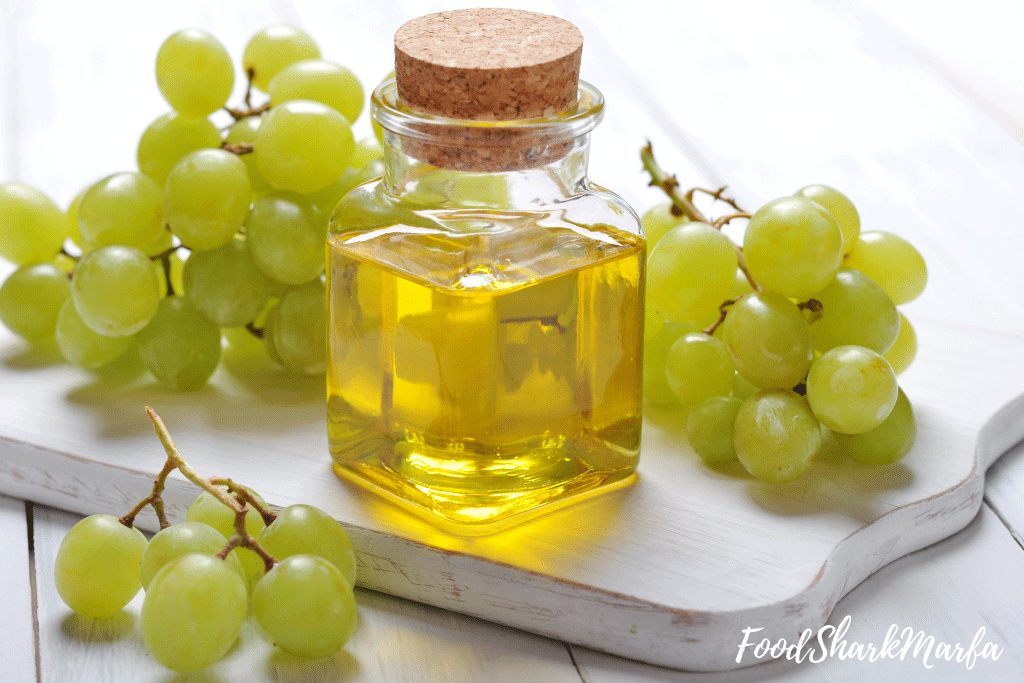Depending on where you live, it can be difficult to find sesame oil, or you may not be able to use it if you are allergic to sesame seeds. It can also be more expensive than other types of cooking oils and because some dishes only need a little sesame oil, a substitute can be a more sensible option.
Although there are a number of substitute choices for sesame oil, including different types of oils, the best sesame oil substitute is one that you can easily make yourself with a neutral oil, such as canola or light olive oil along with skillet toasted sesame seeds.

Exactly What is Sesame Oil?
Derived from sesame seeds on the Sesamum indicum DC plant, a herb in the Pedaliaceae family, sesame oil is widely used as a taste and aroma enhancing oil in recipes particularly in Asia, India and Korea, where it often complements other condiments such as soy sauce.
The characteristic nutty aroma and taste of sesame oil comes through in meat marinades, stir fries, curries and many other dishes. It can also be used to add flavor to salad dressings and dips and even used in desserts such as cakes and cookies.
Sesame oil is also used in Ayurvedic medicine and cosmetics and is sometimes known as the ‘Queen of Oilseeds’ because of its variety of uses.
Sesame oil is available in larger grocery stores, otherwise you can find it in specialty or Asian stores, or there is a good range of sesame oils available online. Sesame oil is often more expensive than regular oils as a lot of sesame seeds have to be processed to extract the oil, although depending on what you are cooking, you may only need a small amount which can offset the extra cost.
What Are the Different Types of Sesame Oil?
There are two types of sesame oil available, light or toasted (sometimes called dark sesame oil) and the smoke point varies between 350°F and 410°F.
A light sesame oil is made with sesame seeds that have not been roasted. This oil has a light – or neutral - flavor and light gold color that is ideal for grilling, frying and generally cooking with.
A light oil can be an unrefined sesame oil which is best kept for adding to marinades or salads as it has a more robust flavor profile. An unrefined sesame oil is often a cold pressed oil, which means the oil is extracted from the seeds without the use of any heat or chemicals. An unrefined oil keeps more of the nutrition from the sesame seed and if the sesame oil is also called an extra virgin oil, it is the first-pressed batch of oil.

A refined light sesame oil is more suitable for cooking with as it has a higher smoke point. The seeds used to produce a refined oil can be pressed multiple times and it may also be pressed with the use of heat or chemicals. Although a refined oil does not keep as much of the nutrition that an unrefined oil does, it does have more of a neutral flavor, along with its higher smoke point.
A toasted sesame oil is extracted from seeds that have been roasted, to give the oil a bolder and toastier flavor that comes through when used for drizzling or in dips. Typically, toasted or dark sesame oil should not be used for cooking with, although a little can be added to wok stir fries, noodle dishes and soups at the end of cooking for some extra flavor. Toasted sesame oils can range in color from golden to darker brown and the darker the color, the stronger its flavor will be.
The easiest way to remember which oil to use is that you should start your cooking with light oil and end with a dark oil! If you add dark oil too early, it will start to lose its flavor.
How Should I Choose A Substitute for Sesame Oil?
The sesame oil substitute you use not only depends on what you have in your pantry, but also what the recipe is and how the sesame oil is used.
If you are used to using sesame oil, its worth asking yourself what the sesame oil brings to the dish – such as aroma or flavor – as this will also help you choose the best substitute for that particular recipe.
In the next section, I run through my favorite sesame oil substitutes that can all be used one way or another in any recipe that requires sesame oil.
Sesame Oil Substitutes
Substitute 1: Homemade Sesame Oil
You can use an easy homemade sesame oil to replace a toasted sesame oil for finishing dishes with but note this needs to be prepared in advance of cooking, so it has time to infuse before using. All you need is a little time, a neutral oil and some raw sesame seeds.
You will need to toast the sesame seeds in a skillet or wok over low heat; stirring them constantly to ensure they do not burn. Once the seeds are lightly browned and fragrant, add either a cup of sunflower oil, vegetable oil, grapeseed oil or light olive oil to the skillet for every quarter cup of sesame seeds. Allow the oil to gently simmer for a couple of minutes before removing from the heat. Once cool, you can add it to a jar strained or unstrained, or even blend it in the food processor and store it in the refrigerator for a couple of weeks.
Allow half a teaspoon of homemade oil for each tablespoon of sesame oil the recipe requires. Its easy to add more if needed.
When you come to use your homemade oil, you can strain the seeds out, or just use it as is with the seeds for some extra sesame flavor. This homemade sesame oil is ideal for using in stir fries and marinades.
If you just need toasted sesame oil as a garnish or in baked goods, then just use the toasted seeds without adding them to oil. As toasted sesame seeds are strongly flavored, you should only add a small amount. If you add them during cooking, do taste after adding and then add a few more seeds if required.
Although homemade sesame oil will not taste exactly the same as store-bought sesame oil, it will certainly add much of the nuttiness and sesame flavor that the recipe needs.
Substitute 2: Tahini (Sesame Seed Paste)
Tahini is a key addition to Middle Eastern recipes such as hummus as well as being used in Mediterranean, North African, East Asian and other recipes. Tahini is usually creamy and savory with a mild nuttiness and bitterness and as well as being added to dishes, it can be used as a marinade, cooking sauce or even as salad dressing.
The tahini you can find in the grocery store is usually made from white sesame seeds that have been hulled and roasted or left raw before being ground to a fine paste. This give the tahini its light color and smooth consistency and it also contains similar nutrition to the raw sesame seeds. Tahini made from un-hulled seeds has a richer – and sometimes more bitter – flavor.

Although tahini is an oily paste, it is best toasted, used in sauces or added to raw foods as a seasoning or dressing, rather than trying to use it as you would use sesame oil although you can dilute it in neutral oil to make it more liquid-y.
Substitute 3: Peanut Oil
With a high smoke point of 450°F and nutty taste, a refined peanut oil is a suitable substitute for a light sesame oil and can be used in wok cooking, curries or as a finishing oil. Like sesame oil, peanut oil is used in Asian cooking and they have a similar nutritional profile in terms of calories and fat content. Peanut oil generally costs less than sesame oil as well.

If you do not have any peanut oil, then just use a neutral cooking oil in place of the sesame oil and add some roasted peanuts – whole or broken - to the dish for nuttiness.
Substitute 4: Perilla Oil
A more unusual oil addition to our cupboards, perilla oil is used in Korean and Chinese cooking, especially for sautéing vegetables and dressing Korean salads.
Perilla or perilla seed oil is oil sourced from the roasted seeds of the perilla plant, part of the mint family. Cultivated in Korea, China and Japan, perilla is also related to shiso – a popular herb in Japanese cuisine. Perilla oil does have some of the nutty flavor of sesame oil however, it can have more of an earthy taste.
Perilla oil is also high in omega-3 content and because of this, some cooks consider that it has fishy overtones. Because of this, perilla oil is best used in place of toasted sesame oil where other flavors in the dish are usually strong enough to hide any fishiness from the oil.
Perilla oil is always best consumed in small amounts as it may function as an anti-coagulant in the body and those who are pregnant or breastfeeding such check with their medical professional before consuming perilla oil. Perilla plants have also become naturalized in parts of the southeastern US and known as the beefsteak plant due to its large red leaves, perilla can be dangerous to livestock that may graze on its leaves.

(Source: Alexas_Fotos; Pixabay.com)
Perilla oil can be difficult to find, but an Asian specialty store is usually the best place.
Substitute 5: Walnut Oil
As another nut oil, walnut oil can be a suitable substitute for toasted sesame oil in dressings, uncooked sauces and marinades – especially for fish.
Made from shelled walnuts that are usually roasted before being crushed into paste and then filtered, its strong walnut flavor makes it ideal for dishes where a nut flavor is required. A higher priced oil, walnut oil should be used sparingly and never in higher heat cooking as the flavor of walnut oil can change very quickly and become bitter.

Like other nut oils, walnut oil can also turn rancid quite quickly, so should always be kept in the refrigerator after opening.
Substitute 6: Olive Oil
You can light olive oil in the ratio of 1:1 for a light sesame oil in cooking. As olive oil does have slightly more flavor, you should use higher quantities with caution, but otherwise, light olive oil with its higher smoke point of around 465°F is fine for a range of dishes. You can always add a few toasted sesame seeds to the recipe to add a little more sesame flavor.
An extra virgin olive oil or EVOO will add more of a fresh olive flavor to the dish, so depending on what you are cooking, this may not be the best substitute. EVOO also has a lower smoke point of between 325°F and 375°F so is not suitable for higher heat cooking.
Substitute 7: Grapeseed Oil
Although grapeseed oil lacks the nuttiness of sesame oil, it is great high heat cooking such as stir fries as it has a smoke point of 390°F. It can also be used as sesame seed oil in other applications such as skin or hair care. Unlike sesame oil, grapeseed oil is often available in larger and budget friendlier bottles.
You can add some toasted sesame seeds, or finish with a little tahini paste to add some sesame nuttiness to the dish.

Substitute 8: Canola Oil
As a budget-friendly oil with a high smoke point of 400°F and neutral flavor – a little like light sesame oil - canola oil is ideal for using in place of sesame oil for high heat cooking such as fried rice and stir fry dishes. As canola oil does not have any nutty flavors though, you could also add some toasted sesame seeds or tahini paste to the dish before serving.
The neutral flavor of canola oil also makes it ideal to use as a base for homemade sesame oil along with toasted sesame seeds and as it is easy to buy as well as being so versatile, many of us do keep canola oil in for deep frying with.
Substitute 9: Sunflower Oil
Another high smoke point oil, sunflower oil can be used in place of light sesame oil in higher heat cooking such as stir fried and deep fried recipes. It is also a neutral flavored oil so will not add any nuttiness to the dish, but can be used as the oil base for homemade sesame oil, or even used alongside some toasted sesame seeds for more of a toasted sesame seed oil flavor.
Substitute 10: Avocado Oil
Although this does not have any of the flavor of sesame oil, its creaminess means that avocado oil can be used for high heat cooking and can also be used in marinades and salad dressings in place of a light sesame oil.
Avocado does have grassy and earthy flavors, but these do reduce somewhat when avocado oil is heated. As with other non-nut oils, finishing the dish with some toasted sesame seeds or tahini will quickly add some sesame flavor.
Summing Up Sesame Oil Substitutes
If you have sesame seeds in your cupboard, then the best sesame oil substitute is always a homemade oil made from toasted sesame seeds and a neutral oil such as canola or light olive oil.
Adding toasted sesame seeds alongside other oils will give you the benefit of high heat cooking along with nutty flavors, otherwise a nut oil such as peanut or walnut oil will add nutty notes to the dish. For marinades and dressings, a little tahini or sesame seed paste diluted in a neutral oil will offer some sesame flavor, but as tahini is a paste, it is not always as suitable to use in cooking.

